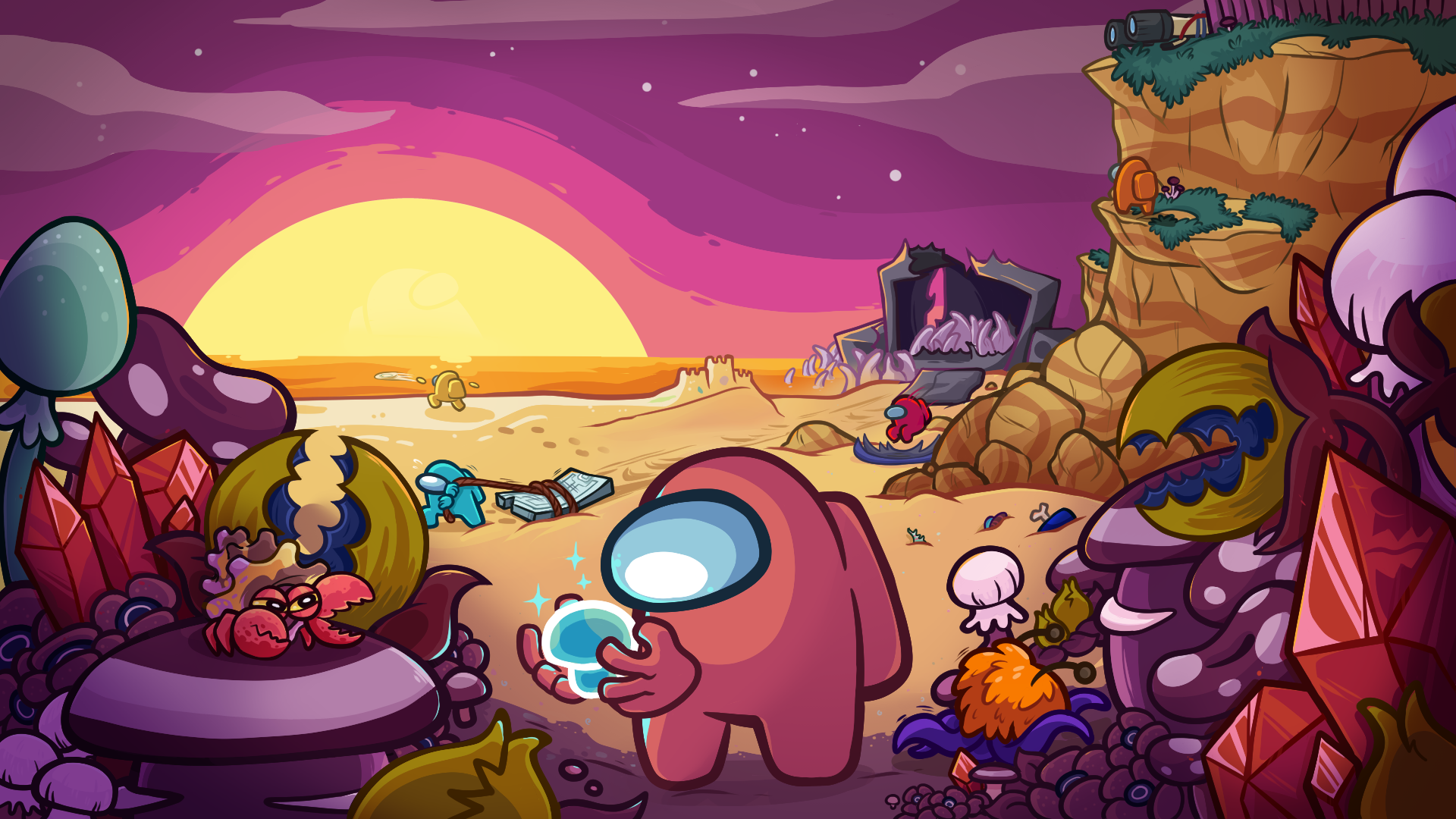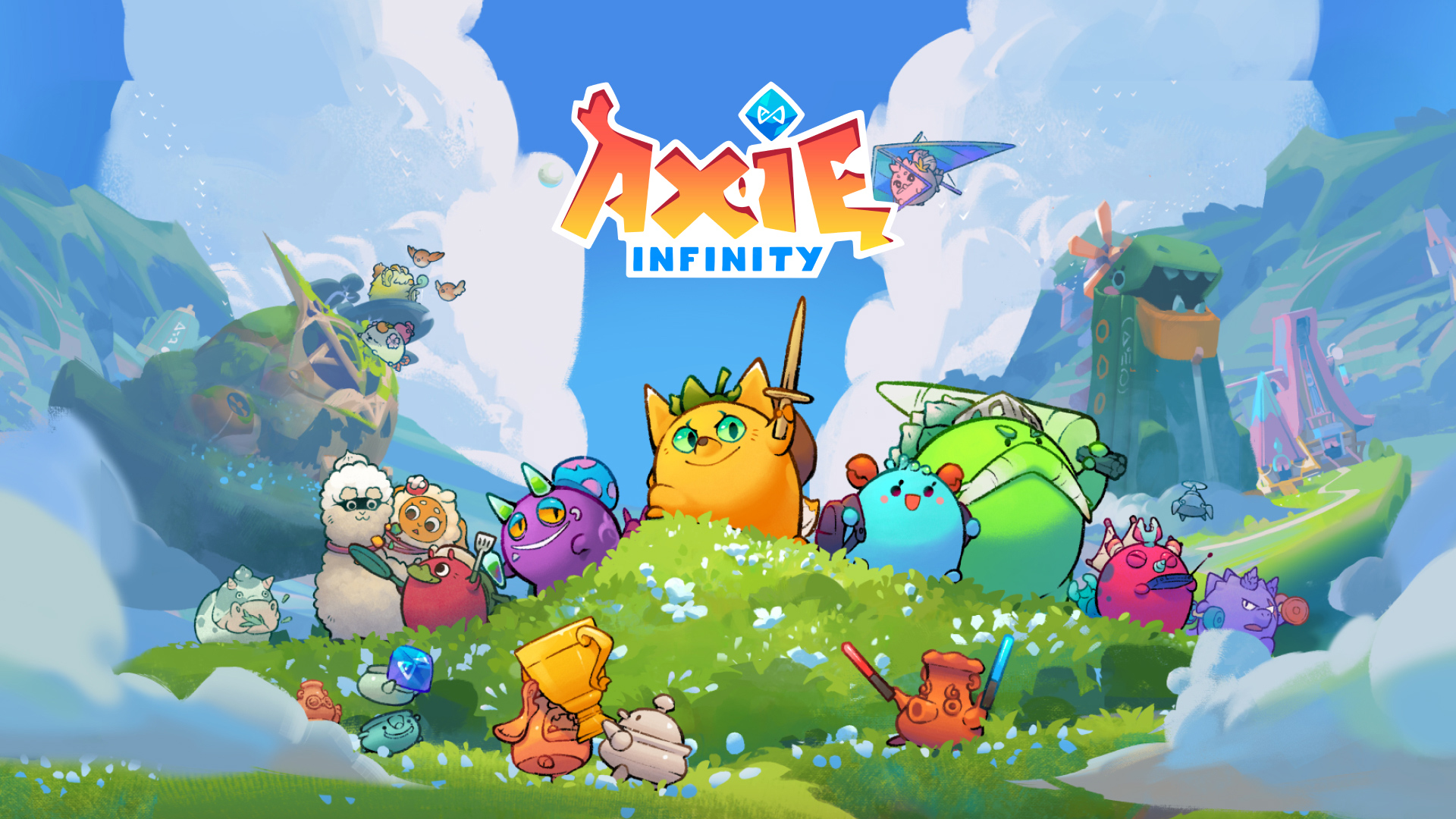Published 12:55 IST, March 3rd 2024
Cloud gaming to AI, 5 trends that will drive your gaming experience in 2024
If you are someone who lives and breathes with a controller by your side, you must know these five trends, going to drive your gaming experience in 2024.
- Tech
- 5 min read
Gaming Trends 2024: As a new generation of gamers emerges across the world, Game developers have a lot more on their plates other than modulating cultural references and making their games fun to play. From cloud optimisation to Virtual Reality (VR), gaming studios are building on top of some of the highest standards of technology for an industry that is expected to grow past $300 billion by 2025.
But what lies right ahead of you? If you are someone who lives and breathes with a controller by your side, you must know the following five trends that are going to drive your gaming experience this year.
Cloud Gaming
Cloud gaming, also known as Gaming on Demand, is a type of gaming that allows you to play AAA titles on your device without the need to have high-end hardware specifications. Cloud gaming archives this by running the games on a remote server and streaming the game’s output directly on users’s devices.
Gaming on demand makes a wide variety of titles available for a larger user base which does not need to invest heavily to own top-end gear to play graphic-intensive games, making gaming more accessible and affordable.

Google Stadia controller | Image credit: Unsplash
Services like Google Stadia, NVIDIA GeForce Now, and Xbox Cloud Gaming are leading the segment, offering a vast library of games on a subscription basis. With these subscription-based services, users can enjoy some of the most famous titles such as Cyberpunk 2077 and Assassin's Creed Valhalla without the need for a console or gaming PC.
As fast internet becomes more accessible around the world, the Cloud gaming industry is likely to expand to include a major chunk of upcoming AAA titles and revival of some most popular games through cloud gaming optimisation.
AI for Personalised Gaming
Artificial Intelligence (AI) is playing an increasingly integral role in gaming, enabling developers to create personalised experiences tailored to individual players' preferences and behaviours. From dynamically adjusting difficulty levels to generating personalised content recommendations, AI-driven algorithms are building layers upon the foundation of immersion and engagement in games across genres.

Last of Us | Image credit: NaughtyDog
‘The Last of Us Part II,’ a highly rated action-adventure game, uses neural networks, genetic algorithms, decision trees, and reinforced learning to adapt Non-Playing Character (NPC) behaviour based on the player's actions, giving a human touch to in-game interactions and behaviours.
The NPCs’ dialogues that are typically pre-determined by game developers can now go way beyond surface-level details, allowing the players to interact with their sidekicks, villains, and other characters in life-like conversation using generative AI.
FIFA 22, Red Dead Redemption 2, Rocket League, Halo: Combat Evolved, and BioShock Infinite already use AI and gaming studios are actively working to incorporate the emerging technical consciousness in upcoming titles.
AR, VR, and Metaverse Gaming
Augmented Reality (AR), Virtual Reality (VR), and the virtual world of the Metaverse are coming together to create immersive gaming experiences that transcend traditional boundaries. Be it exploring virtual worlds, interacting with digital avatars, or participating in social experiences, these technologies are reshaping the way we perceive and engage with gaming environments.

Image credit: Unsplash
With the launch of Apple’s Vision Pro, the VR segment is beaming with excitement as more and more developments around the industry are likely to happen. Meta’s Quest 3 and Play Station VR already cater to a wide range of VR-optimised games such as Half-Life Alyx, No Man’s Sky, Horizon: Call of the Mountains, Walkabout Mini Golf, Tentacular, Resident Evil Village, and Gran Turismo 7.
However, AR-VR gaming is still struggling to achieve wide-range adoption due to high hardware costs, limited content availability, concerns about motion sickness, and the need for user-friendly interfaces. Issues with comfort and ergonomics, as well as the requirement for adequate physical space, are also some of the challenges that the immersive gaming industry still has to overcome.
Hyper Casual Gaming for changing attention spans
As attention spans dwindle in an era of constant digital distractions, hyper-casual games are gaining popularity for their simplicity and accessibility. These bite-sized experiences offer quick bursts of entertainment that cater to the on-the-go lifestyle of modern gamers, making them ideal for casual players and seasoned enthusiasts alike.

Among Us | Image credit: Google Play Store
To play these games, you do not need hours of training, a deep understanding of controls, and elaborate strategies. Hyper casual games are designed to keep things simple and focus more on users’ enjoyment. Among Us, a simple-to-play video game that gained immense popularity during the pandemic is a clear signal for the industry that simple yet addictive gameplay mechanics can attract millions of players and lead to immense profitability.
NFTs in Gaming
The integration of Non-Fungible Tokens (NFTs) is also changing the concept of digital ownership in gaming, allowing players to buy, sell, and trade unique in-game assets with real-world value. From rare skins and virtual real estate to exclusive items and collectables, NFTs are reshaping the gaming economy and allowing players to truly own their gaming experience as well as their earned assets.

Axie Infinity | Image credit: Axie Infinity
Axie Infinity, a game built on blockchain technology, started the use of NFTs in gaming, enabling players to breed, battle, and trade digital creatures known as Axies, with some rare specimens fetching hefty sums in the marketplace. As the acceptance of decentralised technology increases, the NFTs are also likely to make their way in mainstream games.
The video gaming industry is undergoing a period of rapid transformation driven by technological innovation and changing consumer preferences. As we navigate the landscape of 2024, these five trends are set to redefine the way we play, interact, and experience digital entertainment, shaping the future of gaming for years to come.
Updated 12:55 IST, March 3rd 2024